What Is Pad Foundation?
Important Point
Pad footing, also known as foundation pad, is the type of shallow footing used to spread a concentrated load through columns into the soil mass. A pad foundation diagram can help visualize its structure.
It’s also known as isolated footing. It can also be deep, depending upon the ground conditions. It can either be reinforced or non-reinforced.
It’s constructed by digging holes into the ground, then fitting them with reinforcement, and finally filling the holes with concrete up to ground level.
This foundation is prevalent in residential construction that includes a basement and in many commercial structures.
However, it isn’t sufficient for a high rise building. A stepped footing is a kind of spread footing that changes elevation in a series of steep steps to follow the contours of a sloping site or accommodates changes in soil strata.
Failure of Pad Foundation
There are some reasons which lead the pad foundation to its failure, highlighting the pad foundation advantages and disadvantages. Such as:-
-
- Poor design of pad footings leads to its collapse.
- When the preparation of the ground is lacking, the footing is bound to fail.
- Oversaturation of the ground can cause the pad footing to fail.
- Loss of moisture from the soil can cause pad footings to fail.
Useful Article for You
- What Is Composite Wood
- What Is the Difference Between a Shower Pan and a Shower Base?
- What Is a Window Panel
- What Is Rebar Made Of
- What Is Crane
- What Is a Frame Structure
- What Is the Measurement for a Queen Size Bed
- What Is Considered Livable Space
- What Is One Way You Can Save Electricity?
- What Is Mdf Mean
- What Is a Bundle of Shingles
- What Is a Gallon of Water Weigh
- What Is Window Sash
- frost wall foundation
- What Is a Sieve Analysis
- What Is the Little Black Diamond on a Tape Measure
- What Is the Difference Between a Bolt and a Screw?
- What Is Overhang
- What Is a Contour Interval
- What Is a Spread Footing
- What Is a Flight of Stairs
Pad Foundation Detail
- For the pad footing to be non-reinforced, the height of the footing should be bigger. This is an important pad footing detail to consider.
- Usually, we design pad footings to be of uniform thickness, but sometimes the upper face may be sloped or stepped.
- Pad footings also come in use to support ground beams.
- The pad footing under an average load N and a moment M is assumed to have a linear distribution of stress under it.
- You should use this type of footing only when you’re sure that there isn’t a possibility of varying settlement under the entire building.
- The pad footing isn’t suitable for the widespread loads. One should use only strip footings or mat footings in this case.
- Since the pad footing spreads the structure’s weight into the soil mass, it’s preferred to be build when there is sufficient strength in the soil on which building will be made.
- One more thing to take care of is that the footing should not be too deep to construct.
- The pad footing (isolated footing) has an advantage of economic efficiency as this type of design of footing is generally straight and simple.
- One must ensure that foundation pressure mustn’t exceed allowable bearing stress. You can make it so by either reinforcing the pad or making the pad deep enough.
- The pad’s size must ensure that the concrete’s tension gets prevented so that no cracking happens.
- The depth of the pad is determined by the ability to resist the punching shear and ability to resist the bending.
Types of Pad Foundation
There are different types of pad footing foundation based on its design and some other factors. These are:-
- Plain Concrete Foundation
- Reinforced Concrete Foundation
- Continuous Pad Foundation
- Combined Pad Foundation
- Pad and Ground Beam Foundation
1. Plain Concrete Foundation
This type of pad footing is non-reinforced and a very economical option. In this footing, loading is relatively light as T must equal P. Mostly, this foundation type is constructed without reinforcement.
In this foundation, a general rule is that the depth of the pad should be equal to the distance from the face of the vertical element to the edge of the pad on both sides.
Also, Read: What Is Foundation | What Is Purpose of Providing Foundation | Types of Foundation
2. Reinforced Concrete Foundation
The reinforcement in the foundation reduces the thickness required in the foundation. Pads are designed to square plan area, mostly because of the ease of design.
We also design a rectangular pad when there’s eccentric or inclined loading. In this type of pad foundation, the reinforced concrete base is designed to span in one direction, and the main bars are longitudinal in the bottom.
A rectangular pad is designed either when the ground is restricted, or eccentric/inclined loading.
Useful Article for You
- What Is a Pitched Roof
- What Is a Parapet
- What Is Leveling
- What Is Gypsum Board
- What Is the Measurement for a Queen Size Bed
- What Is Considered Livable Space
- What Is One Way You Can Save Electricity?
- What Is Mdf Mean
- What Is a Bundle of Shingles
- What Is a Gallon of Water Weigh
- What Is Window Sash
- What Is a Sieve Analysis
- What Is the Little Black Diamond on a Tape Measure
- What Is the Difference Between a Bolt and a Screw?
- What Is Overhang
- What Is Sand Blasting
- What Is a Walk in Basement
- What Is Quarrying
- What Is a Concrete Slump Test
- What Is an Abutment Bridge
3. Continuous Pad Foundation
We construct continuous pad foundations when columns are close and individual pad foundations overlap each other. The continuous pad foundation is reinforced to ensure that there should be longitudinal stiffness in it.
This foundation resists the differential settlement. The foundations that cover the whole building is called the raft foundation.
Also, Read: What Is Well Foundation | Component of Well Foundation
4. Combined Pad Foundation
Combined pad foundation is used for the columns placed near the property boundary. We generally construct a pad foundation when you can’t extend the pad to a particular direction due to other reasons like the existence of service or utility lines.
In the combined pad foundation, an external column’s pad is connected with an internal column’s pad to counterbalance the loads. This pad foundation is rectangular.
5. Pad and Ground Beam Foundation
This type of foundation is similar to the combined pad foundation. In this type of foundation, instead of the continuous foundation, isolated pads are connected by ground beams.
This ground beam provides integrity to counterbalance the eccentric loads. Pad and ground beam foundation improves structural rigidity.
Also, Read: Difference Between Footing and Foundation | What is Footing and Foundation
Design of the Pad Footing Depends on Several Factors
The drawback of this foundation is its performance against wind or uplifting force. The design of the pad footing foundation depends on several factors, such as
- Weight of the structure it’s going to support.
- Penetration of soft near-surface layers.
- Penetration through near-surface layers likely to change volume due to frost heave or shrink-swell.
- A pad can be constructed with or without reinforcement as well as with or without formworks or mold.
- The minimal absolute dimension for a pad is 40 x 40. But mostly, the size of a pole is 60 x 60 or more.
- A pad could be constructed a little higher than that in order to avoid exceeding the load-bearing capacity of the ground.
- Pad is also built with stepped shape, with its diagonal not less than 45 degrees. This may not be true when it’s built with reinforced concrete.
- According to standards (EN 1992-1, 2004, EN 1997-1, 2007), the pad footing must satisfy the ultimate limit state and serviceability limit state conditions.
- We must design the pad footing so that it withstands.
Also, Read: What Is Raft Foundation | Types of Footing | Detail of Raft Footing
What Is Pad Foundation?
Pad foundations are a form of spread foundation formed by rectangular, square, or sometimes circular concrete ‘pads’ that support localised single-point loads such as structural columns, groups of columns or framed structures. Pad foundations can also be used to support ground beams.
Types of Pad Foundation
- Plain Concrete: These are pad foundations that don’t incorporate reinforcement and are used for light loads. This is the most economical option.
- Reinforced Concrete: The additional reinforcement that is offered allows for wide but shallow pad foundations. It also reduces the thickness that is required for the foundation.
- Combined Column Foundation: Two pad foundations are merged into a longer one which is most often used when an outer column is close to a site boundary or wall.
- Continuous Pad: This is when various pad foundations are put together in order to support closely spaced columns.
- Pad and Ground Beam: This is similar to a continuous pad but differs in the sense that ground beams connect the isolated pads.
Concrete Pad Foundation
Pad foundations are a form of spread foundation formed by rectangular, square, or sometimes circular concrete ‘pads‘ that support localised single-point loads such as structural columns, groups of columns or framed structures. This load is then spread by the pad to the bearing layer of soil or rock below.
Pad Foundation
Pad foundations are a form of spread foundation formed by rectangular, square, or sometimes circular concrete ‘pads‘ that support localised single-point loads such as structural columns, groups of columns or framed structures. This load is then spread by the pad to the bearing layer of soil or rock below.
When Would You Use Pad Foundations?
Pad foundations are used to support an individual point load such as that due to a structural column. They may be circular, square or reactangular. They usually consist of a block or slab of uniform thickness, but they may be stepped or haunched if they are required to spread the load from a heavy column.
Concrete Pad Foundation
Pad foundations are a form of spread foundation formed by rectangular, square, or sometimes circular concrete ‘pads’ that support localised single-point loads such as structural columns, groups of columns or framed structures.
Does a Concrete Slab Need Footings?
The slab is not suitable for the foundation of the building, for that you will either need strip footings around the outside of the building, or individual footings to support the posts that will hold up your building.
When Would You Use a Pad Foundation?
Pad foundations are used to support an individual point load such as that due to a structural column. They may be circular, square or reactangular. They usually consist of a block or slab of uniform thickness, but they may be stepped or haunched if they are required to spread the load from a heavy column.
Like this post? Share it with your friends!
Suggested Read –
- Gypsum Plasters
- Isolated Foundation
- Bearing Capacity Failure
- Types of Masonry Joints
- What Is Plaster | Requirement of Good Plaster | Types of Plasters
- What Is Plumbing Joint | Types of Plumber Joint | Different Types of Pipe Joints and Where Are Use
- What Are Columns | Different Types of RCC Columns | Round Column Vs Square Column | Pillar Vs Column
- What Is Canal | Classification of Canals | What Is Perennial Canal | Advantages & Disadvantages of Canal Irrigation
- What is Waffle Slab| Waffle Slab Details | Advantages & Disadvantages Waffle Slab | Waffle Slab Design | Construction of Waffle Slab
- Calculator for Cutting Length of Stirrups | Cutting Length of Rectangular Stirrups | Cutting Length of Square Stirrups | Cutting Length of Circular Stirrups | Cutting Length of Helical Stirrups | Cutting Length of Diamond Stirrups
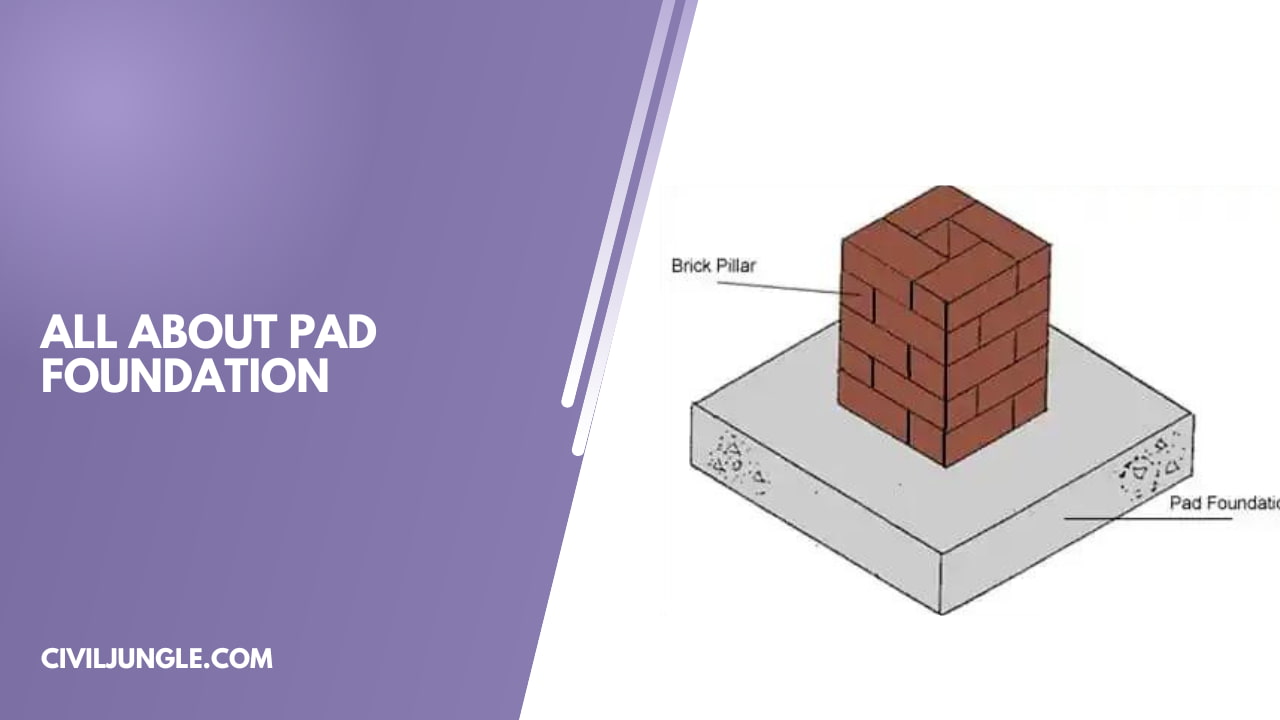
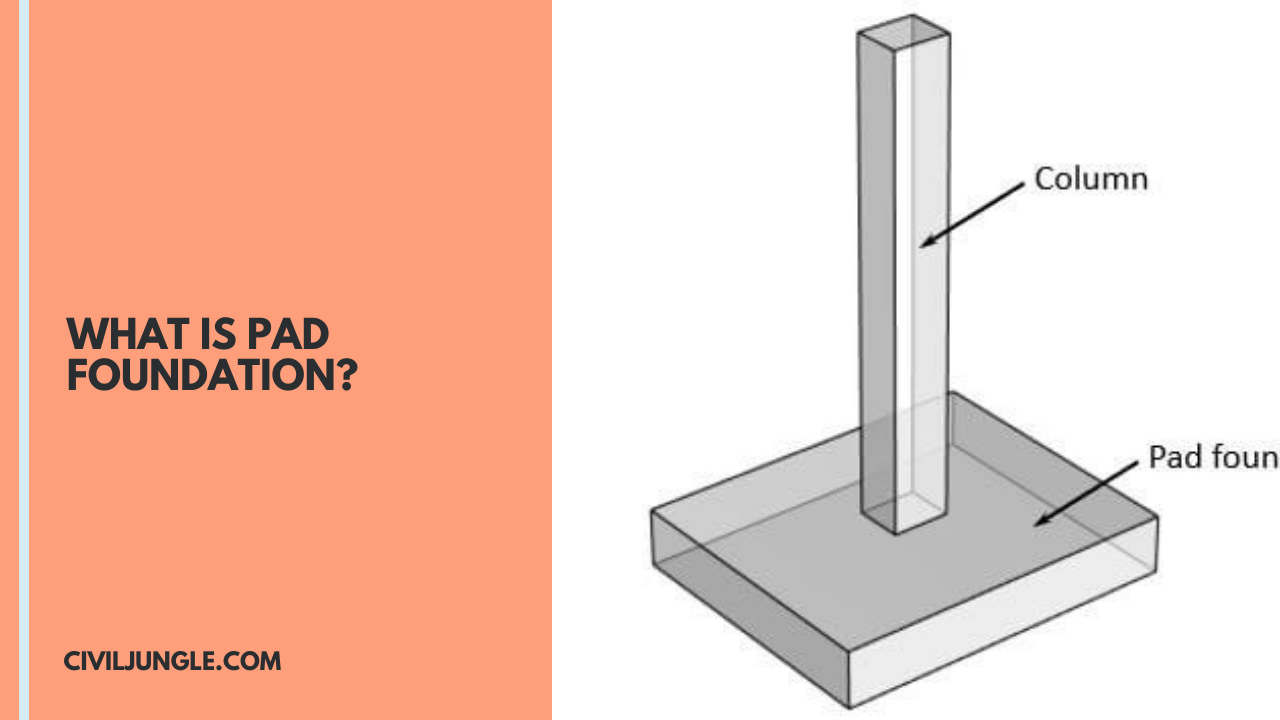
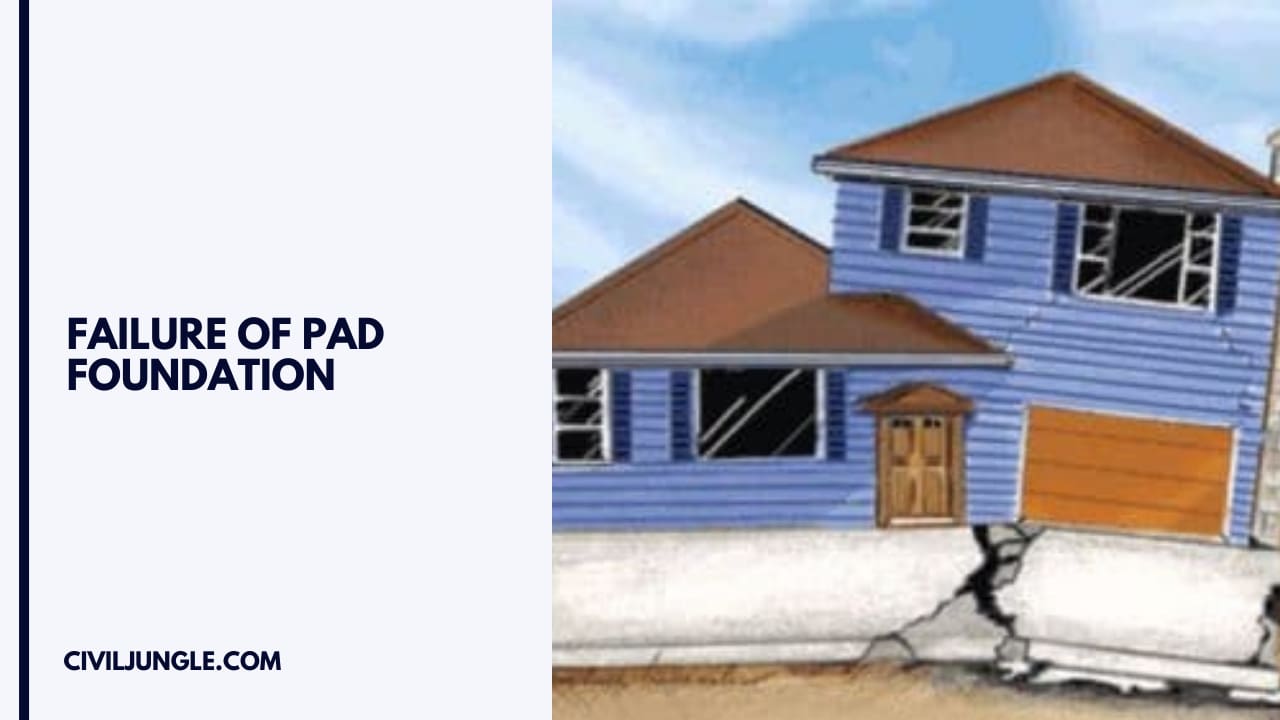
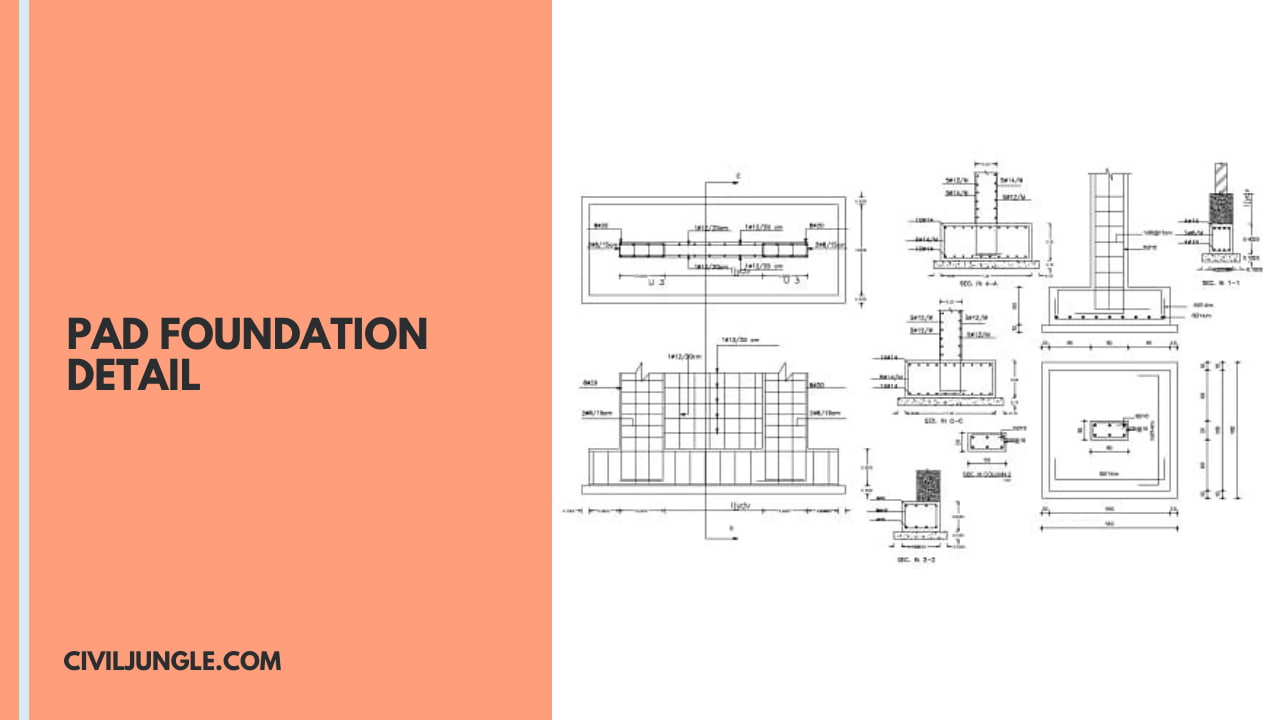
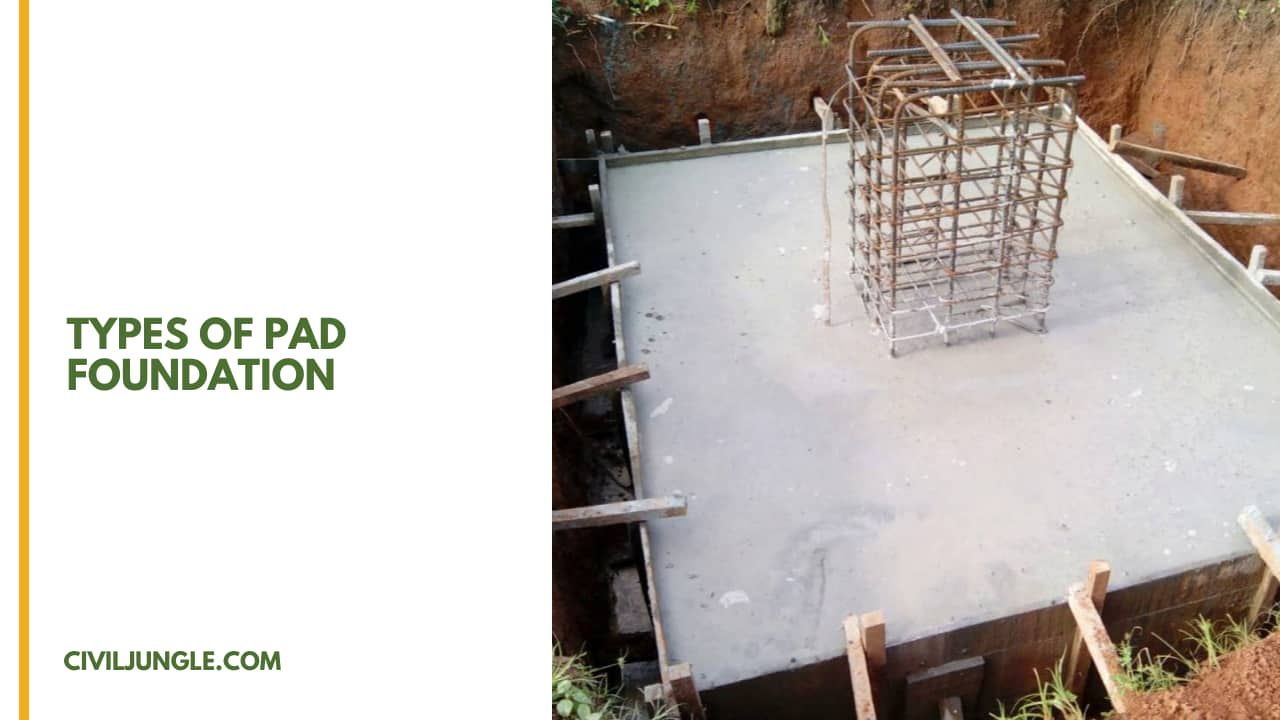
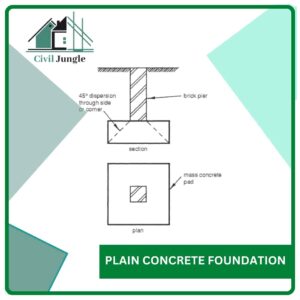
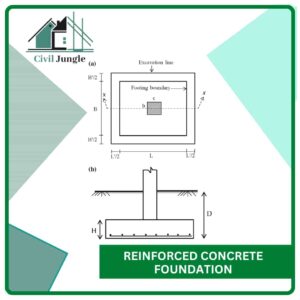
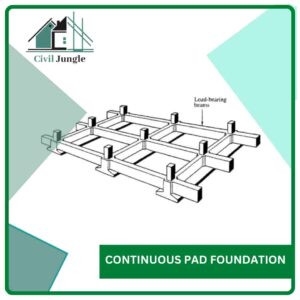
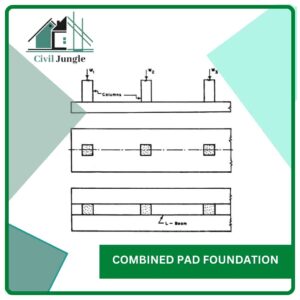
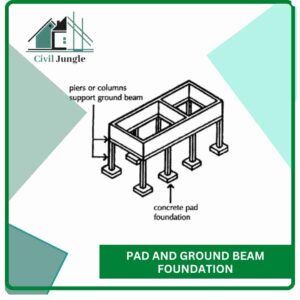

Leave a Reply